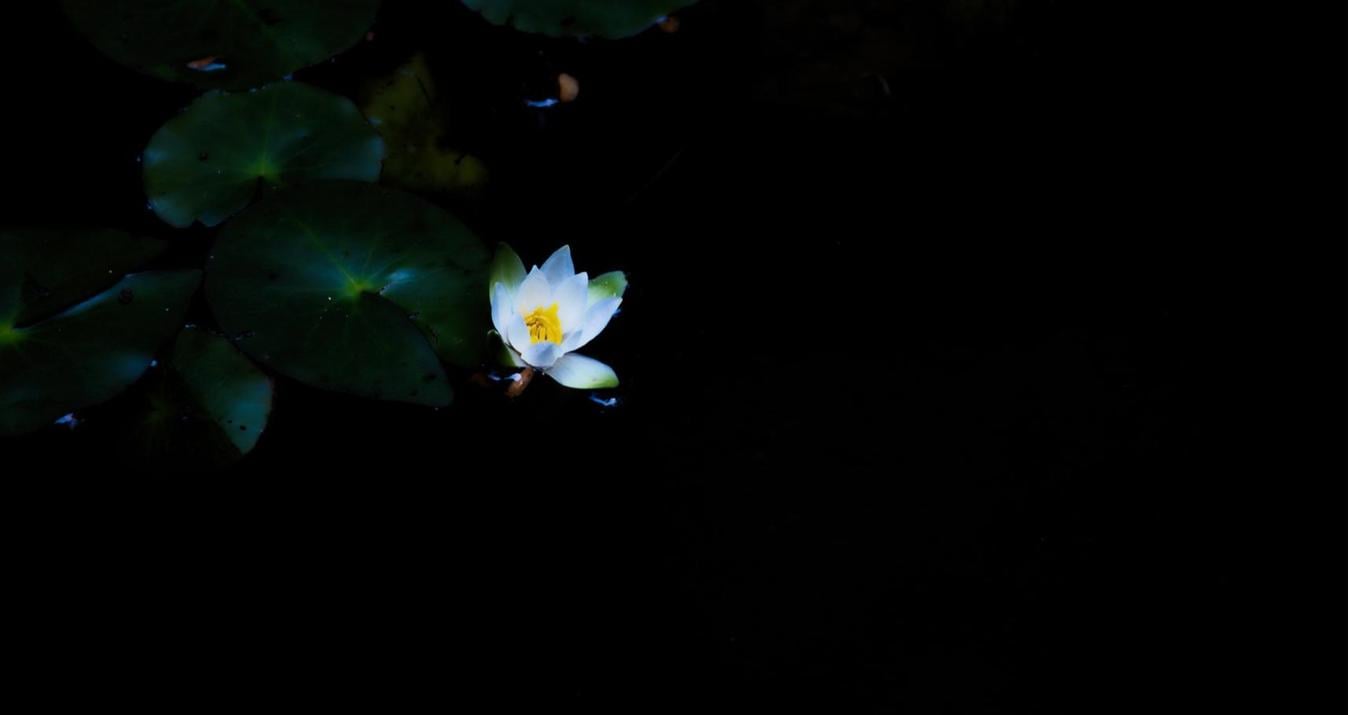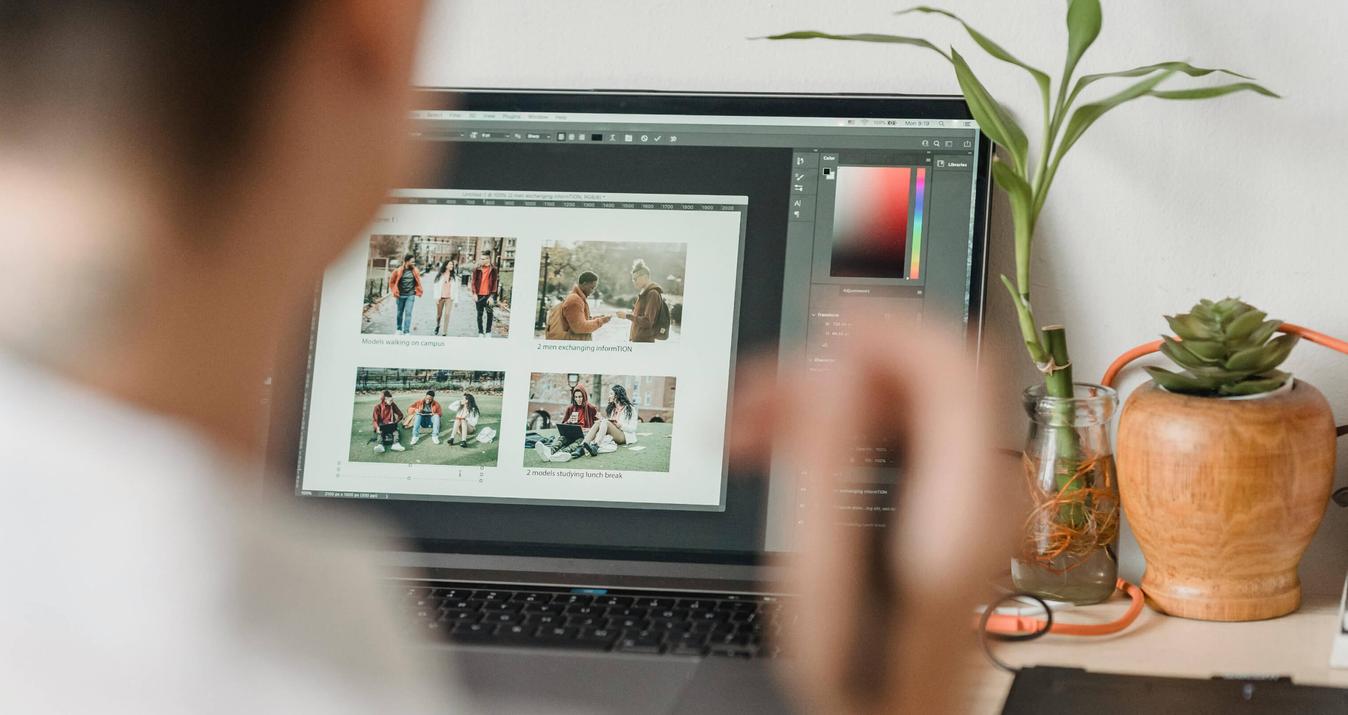What Is A Crop Factor In Photography And How It Affects Shots
October 30, 2025
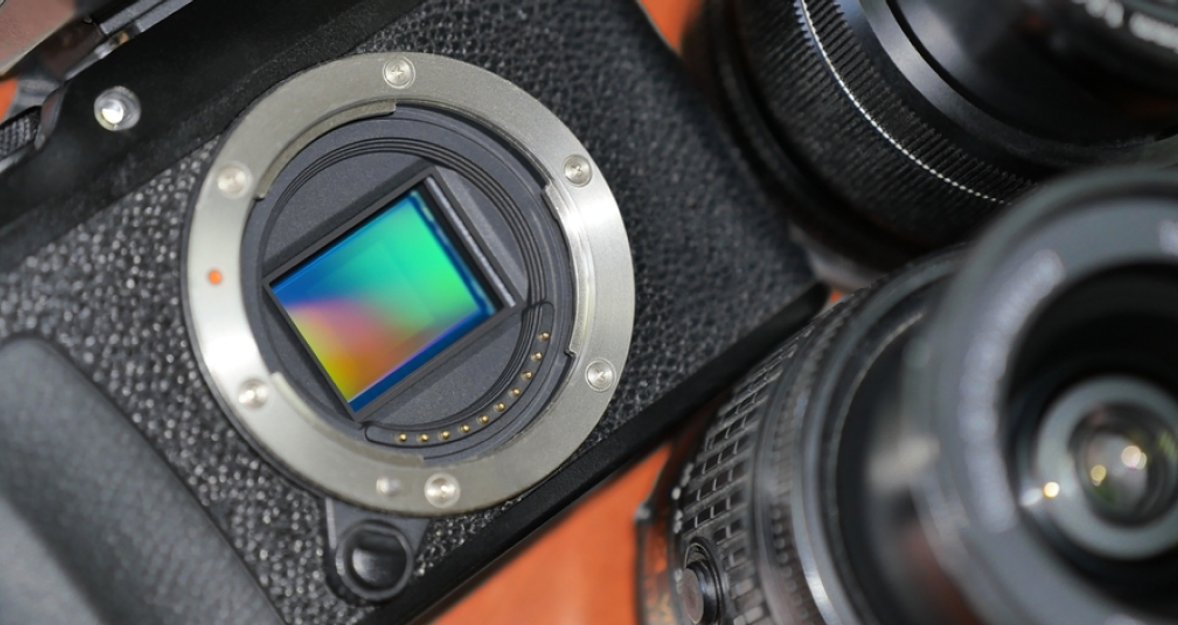
Crop factor is one of those small technical phrases that suddenly matters the moment you swap cameras or borrow a lens. It changes how lenses behave, how you frame, and sometimes even which camera body makes sense for your work. This article cuts straight to practical facts, real examples, and simple rules you can use on the next shoot. These are just useful, hands-on notes from photographers and me who tested the exact same glass on different bodies.
What is Crop Factor?
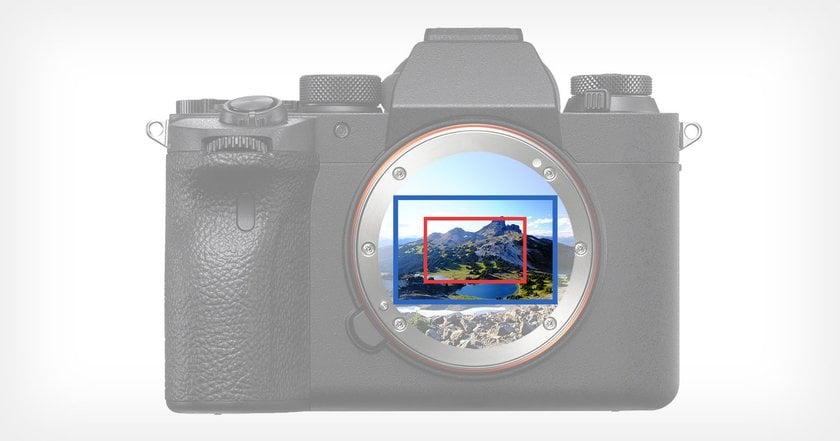 Crop factor names the ratio between a camera’s sensor and the traditional 35mm full-frame sensor. If you want the textbook phrase, search what is crop factor in camera and you will find the formal definition. In practice, the it tells you how much narrower or wider the camera “sees” with a given lens compared to full-frame.
Crop factor names the ratio between a camera’s sensor and the traditional 35mm full-frame sensor. If you want the textbook phrase, search what is crop factor in camera and you will find the formal definition. In practice, the it tells you how much narrower or wider the camera “sees” with a given lens compared to full-frame.
For example, a camera with a 1.5 framing factor gives you a narrower field of view than a full-frame camera when both use the same 50mm lens. That narrowing does not change the lens’s optical properties. It is about how much of the projected image the sensor captures.
Your Go-To for Perfecting Crop
Explore In Luminar Neo!Full-Frame and Crop Sensor Cameras: A Clear Comparison
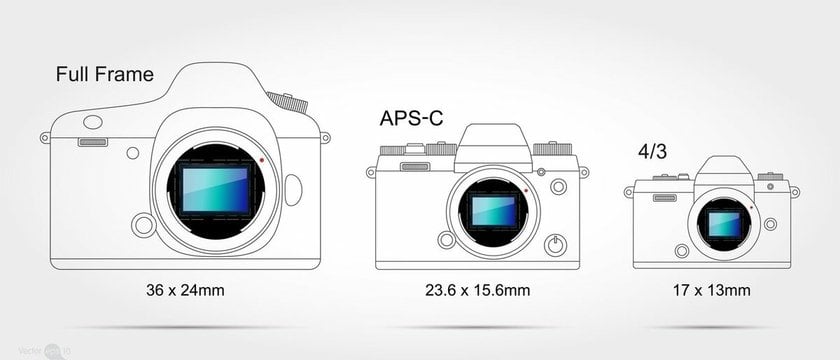 People often shorthand “crop sensor” versus “full-frame.” A full-frame sensor approximates a 36 × 24 mm image area. Common smaller-sensor sensors include APS-C (typical crop factors 1.5 or 1.6) and Micro Four Thirds (crop factor 2.0). Each gives different advantages:
People often shorthand “crop sensor” versus “full-frame.” A full-frame sensor approximates a 36 × 24 mm image area. Common smaller-sensor sensors include APS-C (typical crop factors 1.5 or 1.6) and Micro Four Thirds (crop factor 2.0). Each gives different advantages:
Full-frame: Wider native field of view, often better low-light performance, and typically shallower depth of field at the same aperture and framing.
APS-C: Lighter camera bodies, usually lower cost, and “reach” for telephoto lenses without extra glass.
Micro Four Thirds: A two-times crop factor that doubles the effective focal length and enables smaller lenses. For a practical, side-by-side look at size, lens options, and real-world shooting differences, check the comparison of Micro 4/3 vs Full Frame.
When making a purchase or renting gear, ask yourself: Do I want natural wide-angle capability or extra tele reach from the sensor alone?
Sensor Size and Field of View: What Changes
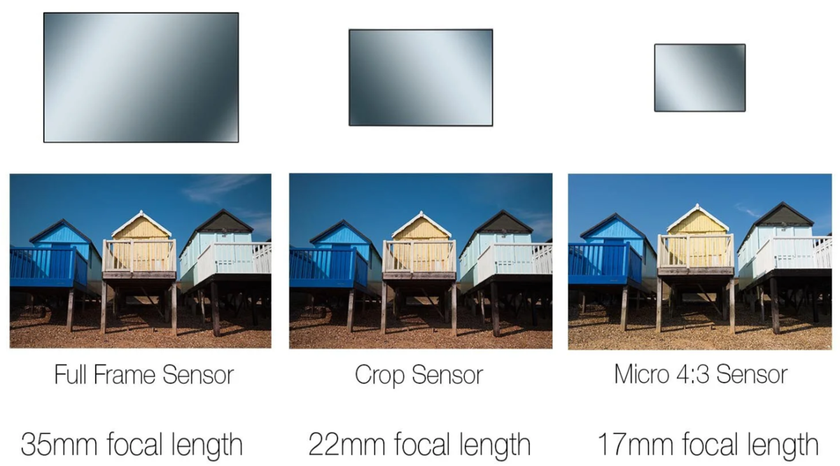 Sensor size directly alters the field of view. That’s the core of crop factor photography. Here are concrete effects:
Sensor size directly alters the field of view. That’s the core of crop factor photography. Here are concrete effects:
Effective focal length: Multiply the lens focal length by the crop factor to get the full-frame equivalent field of view. For example, a 300mm lens on a 1.6x APS-C body behaves like a 480mm equivalent.
Framing: For the same subject distance, a smaller-sensor image will look tighter, useful for distant subjects.
Image characteristics: As sensor area shrinks, you can expect differences in dynamic range and noise performance typical to sensor class.
If you want to make local adjustments after the fact, like pushing the punch of color on a small sensor file, tools exist to increase the color intensity of an image and rescue a flat shot without making it look fake. That helps when you shoot tightly, but the raw file needs more life.
Practical Ways Crop Factor Changes Your Photos
Now that you know how sensor size alters the field of view, here are concrete ways it affects shooting. If you’re still figuring out the numbers, think of this as a quick, crop factor explained moment: smaller sensors narrow the field of view, effectively “zooming in” on your subject without changing the lens.
Focal Length, Lens Choice, and Crop Factor
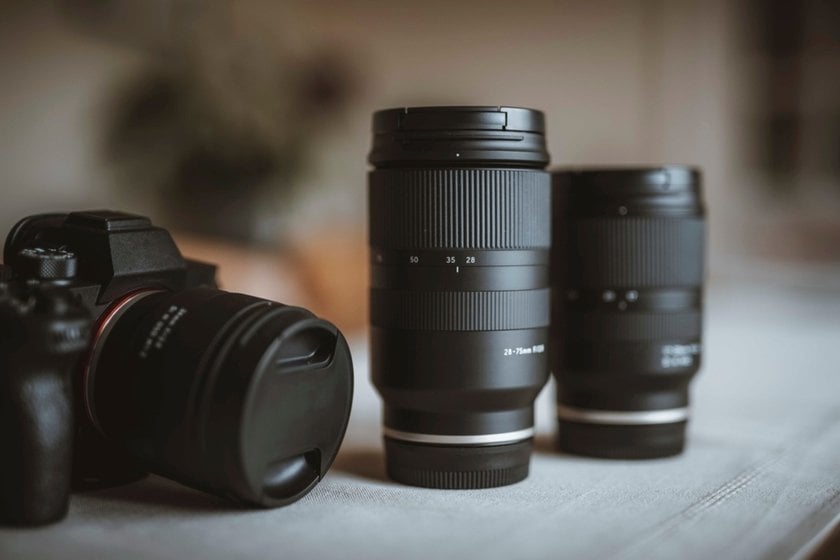 The first practical rule: pick lenses with the final field of view in mind. If you use a 50mm lens on a 1.5x APS-C body, your effective field of view equals 75mm. That changes whether you can capture a street scene or a headshot without moving.
The first practical rule: pick lenses with the final field of view in mind. If you use a 50mm lens on a 1.5x APS-C body, your effective field of view equals 75mm. That changes whether you can capture a street scene or a headshot without moving.
For example, I used a 50mm f/1.8 on two bodies. On the full-frame, it behaved as a classic short portrait lens; on the APS-C, it was a tighter short telephoto. For candid street photography, the full-frame gave context; for head-and-shoulder portraits, the APS-C made framing easier without switching lenses.
Depth of Field: How Sensor Size Alters It
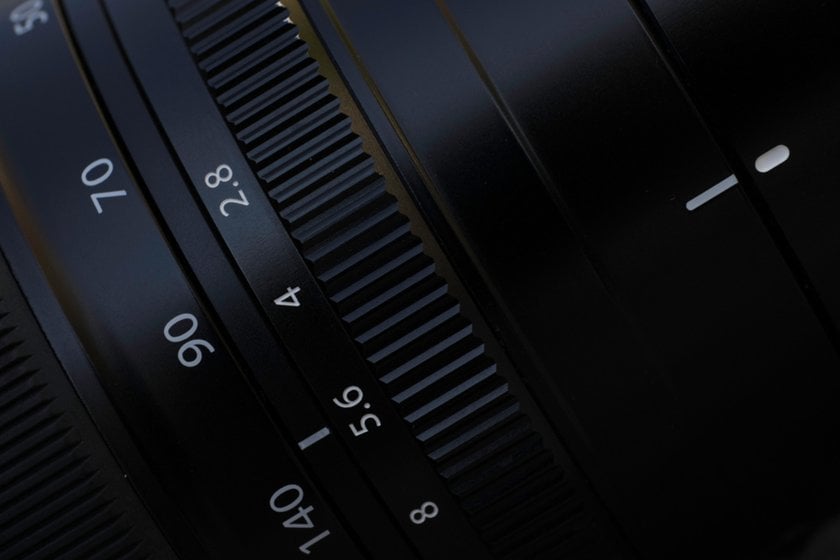 Sensor size and aperture interact. Photographers must change focal length or subject distance to get identical framing and exposure on two different sensor sizes. That leads to real differences in depth of field.
Sensor size and aperture interact. Photographers must change focal length or subject distance to get identical framing and exposure on two different sensor sizes. That leads to real differences in depth of field.
Comparison list:
Same focal length, same aperture, closer crop sensor framing → shallower depth of field on full-frame.
Same final framing (adjust focal length) → you often need to stop down more on smaller sensors to match full-frame shallow background blur.
For instance, an 85mm f/1.8 on full-frame at 3 meters gives a softer background than an APS-C setup adjusted to match framing using a 56mm lens at the same aperture. If your goal is creamy background separation, full-frame makes it easier; if your goal is reach, crop sensors help.
Composition and Framing: The Crop Factor Effect
 Crop sensors force a composition mindset: less negative space, quicker, tighter framing, and often different lens choices. For landscapes, you may feel constrained on a higher factor camera because an ultra-wide perspective requires shorter focal lengths or special lenses. For wildlife, the crop acts like a multiplier for tele lenses, meaning fewer lens purchases to get the reach you need.
Crop sensors force a composition mindset: less negative space, quicker, tighter framing, and often different lens choices. For landscapes, you may feel constrained on a higher factor camera because an ultra-wide perspective requires shorter focal lengths or special lenses. For wildlife, the crop acts like a multiplier for tele lenses, meaning fewer lens purchases to get the reach you need.
Practical tip: when shooting a scene for both print and Instagram, consider how selecting a tighter frame in-camera with a smaller sensor changes dominant elements. On smaller sensors, foreground details often fill the frame faster, which can be a compositional advantage for intimate environmental portraits.
Experience the Power of a Simple Yet Impactful Image Resizing Tool
Try it NowReal Photos: Seeing Crop Factor Work
Let’s look at direct comparisons that make the math obvious. Using the same lens on two different bodies shows how the crop factor tightens the frame while the lens optics stay exactly the same.
Same Lens, Different Sensors: Side-by-Side
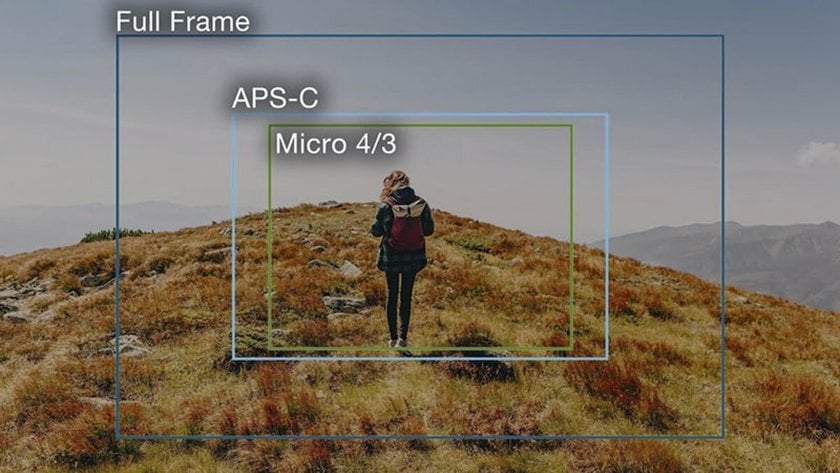 Take a 35mm lens. On full-frame, it captures a natural wide perspective. On APS-C (1.5x), the same lens frames like a 52.5mm. Side-by-side images show full-frame, including more background; the APS-C shot looks zoomed in, even if both are taken from the same spot. Learning to read camera crop factor in these side-by-side tests helps you predict whether you need to step back, switch lenses, or simply accept a tighter composition.
Take a 35mm lens. On full-frame, it captures a natural wide perspective. On APS-C (1.5x), the same lens frames like a 52.5mm. Side-by-side images show full-frame, including more background; the APS-C shot looks zoomed in, even if both are taken from the same spot. Learning to read camera crop factor in these side-by-side tests helps you predict whether you need to step back, switch lenses, or simply accept a tighter composition.
Practical demonstration you can try:
Mount the same lens on full-frame and APS-C.
Keep the same shutter speed and aperture.
Keep the camera on a tripod, do not move.
Compare the final framing and note the subject-background relationship.
If you want to experiment with expanding images while keeping quality for creative framing, try an AI image expander tool that reconstructs beyond the frame for composites or print crops.
Why Crop Sensors Are Favored for Wildlife and Sports
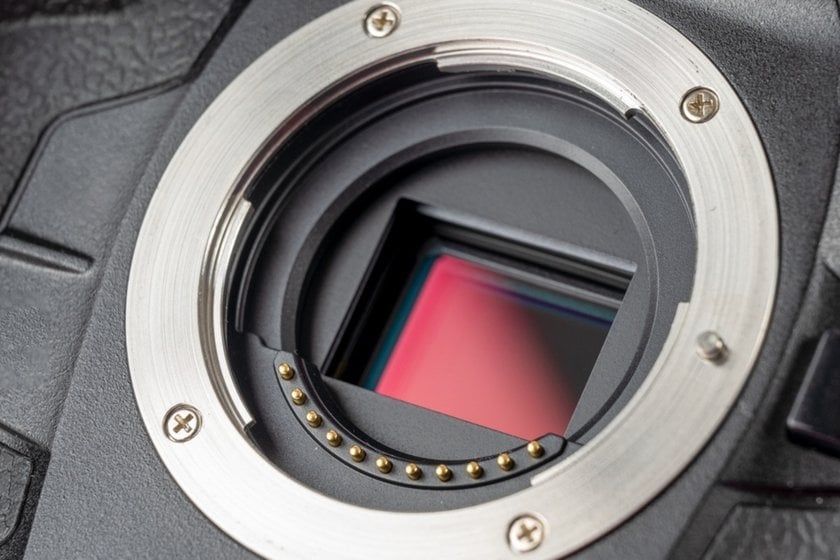 Landscape and studio photographers often prefer full-frame for dynamic range and shallow depth of field. However, wildlife and sports shooters prize crop sensors because a 400mm lens on an MFT sensor behaves like an 800mm equivalent. It is cheaper and lighter than buying or carrying a longer lens. If you’ve ever asked yourself, “What is a crop sensor camera?”, it’s basically one that uses a smaller sensor, giving your lenses more reach while slightly narrowing the field of view.
Landscape and studio photographers often prefer full-frame for dynamic range and shallow depth of field. However, wildlife and sports shooters prize crop sensors because a 400mm lens on an MFT sensor behaves like an 800mm equivalent. It is cheaper and lighter than buying or carrying a longer lens. If you’ve ever asked yourself, “What is a crop sensor camera?”, it’s basically one that uses a smaller sensor, giving your lenses more reach while slightly narrowing the field of view.
Example gear setups I use:
APS-C body + 300mm prime = great reach for small birds.
Micro Four Thirds + 150-400 range lens = compact system with extreme effective telephoto.
That extra “reach” reduces the need to crop in post and keeps files ready for tight prints.
Portraits and Landscapes: When Full-Frame Wins
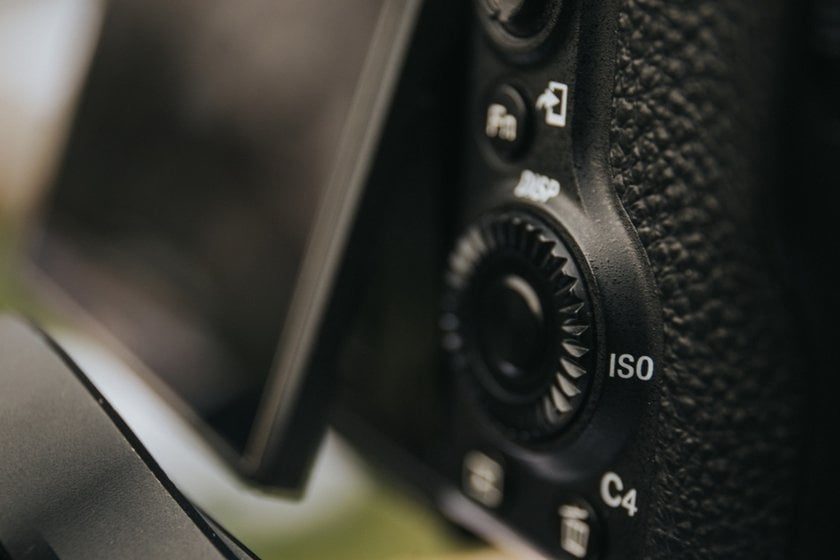 Full-frame sensors tend to win where shallow depth and tonal latitude are priorities. For portraiture, full-frame at the same aperture and framing gives smoother blur and more forgiving highlights. For landscapes, the increased dynamic range preserves shadow and highlight detail across wide scenes.
Full-frame sensors tend to win where shallow depth and tonal latitude are priorities. For portraiture, full-frame at the same aperture and framing gives smoother blur and more forgiving highlights. For landscapes, the increased dynamic range preserves shadow and highlight detail across wide scenes.
For example, when shooting golden-hour landscapes handheld, a full-frame body with a 24-70 lens lets me keep the ISO low while retaining the sky’s detail. The same shot on an APS-C body required slightly higher ISO or multiple exposures for the same latitude.
Calculating Effective Focal Length: A Simple Method
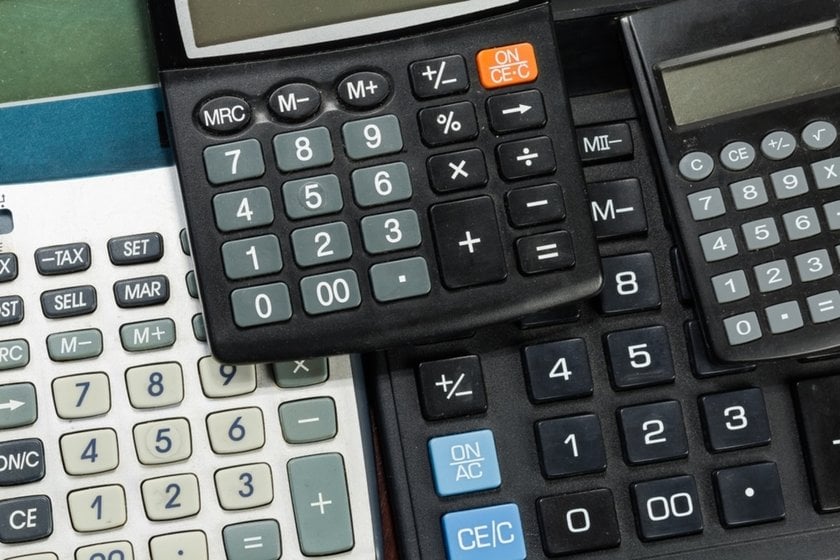 To find the full-frame equivalent focal length: multiply the lens focal length by the camera’s crop factor. Formula:
To find the full-frame equivalent focal length: multiply the lens focal length by the camera’s crop factor. Formula:
Effective focal length = lens focal length × crop factor.
Examples:
50mm on 1.5x APS-C = 75mm equivalent.
200mm on 2.0x MFT = 400mm equivalent.
Keep this formula visible when packing lenses, especially if you switch between formats on the same shoot.
Practical Tips for Using Lenses Across Sensors
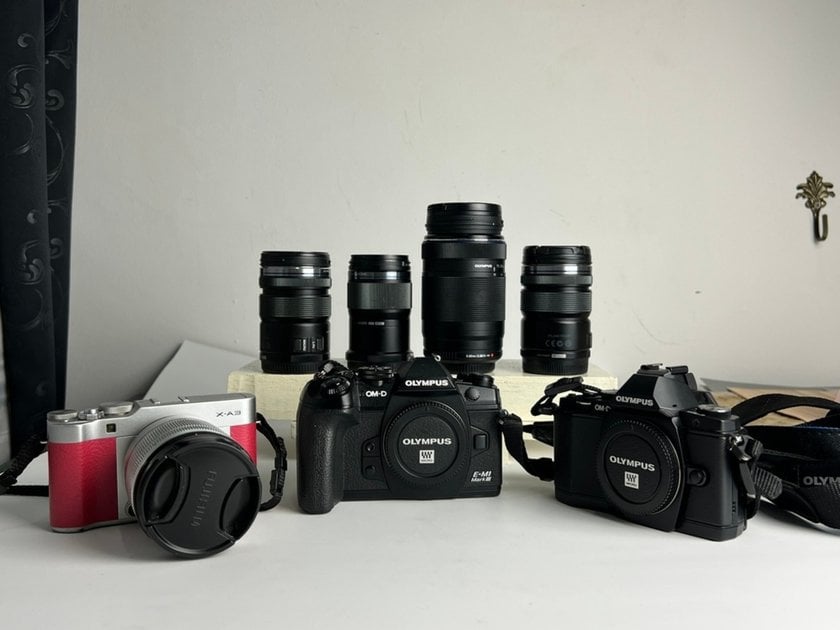 Lenses move between systems, but focus on flange distance, mount compatibility, and autofocus performance. When adapting lenses, consider the following:
Lenses move between systems, but focus on flange distance, mount compatibility, and autofocus performance. When adapting lenses, consider the following:
Use a proper adapter to preserve infinity focus.
Remember that the depth of field and the effective field of view will change.
If you shoot to edit heavily, you can use a photo editor with prompt workflow to speed up file adjustments that need scaling, color corrections, or quick retouching.
You might still wonder, “What does crop sensor mean?”, after seeing side-by-side shots: it simply defines how much of the scene your camera records compared to a full-frame.
Key Takeaways
Crop factor is not magic; it is a predictable multiplier that changes the field of view, influences the depth of field, and affects which lenses you buy. Use the effective focal length formula, test the same lens on different bodies, and pick the system that matches your real shooting needs, reach versus shallow blur, and weight versus wide-angle capability.
Whether you carry a Micro Four Thirds rig for its compact tele reach or a full-frame body for dreamy portraits, the best choice is the one that helps you capture the images you actually want to make.


